U.S. Combat Rescue Helicopters Train With Old Foe Serbia For First Time
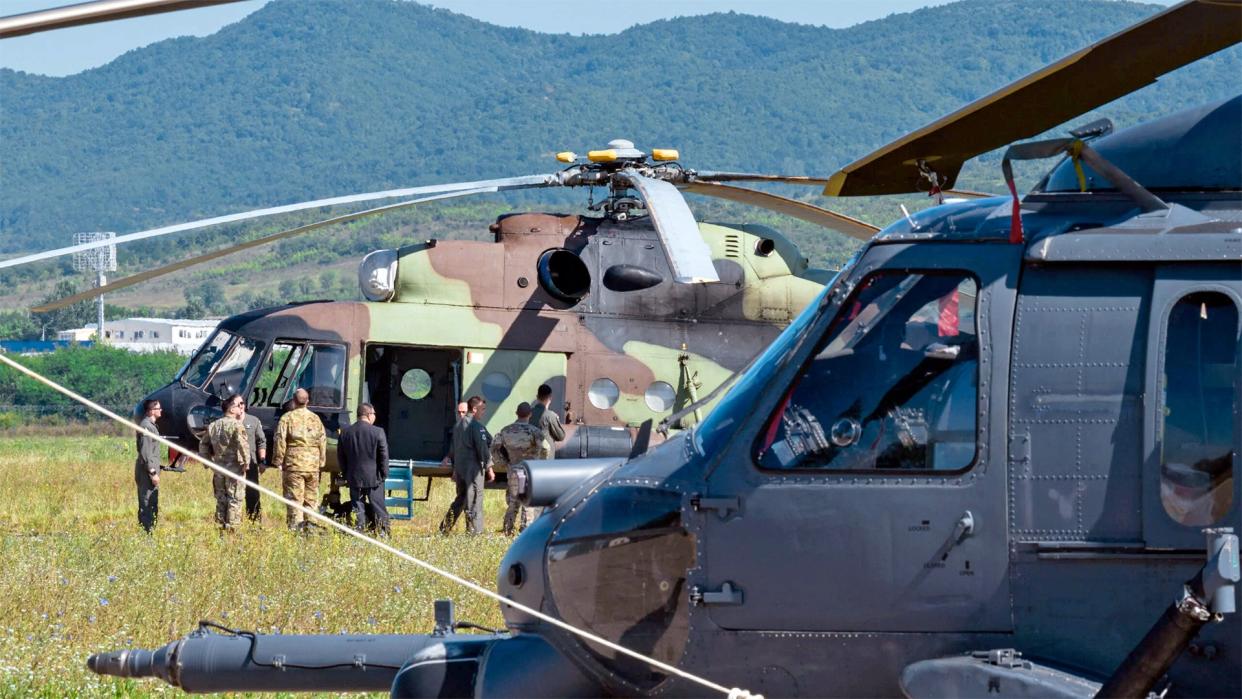
Back in 1999, the U.S. military was flying some of its most challenging combat search and rescue (CSAR) missions ever, to retrieve pilots downed by Serbian forces during Operation Allied Force, fought by NATO over the former Yugoslavia. Fast-forward 24 years, and the U.S. Air Force is, for the first time, training for the same kinds of missions with its former adversary, Serbia.
As well as being a development that would have been unthinkable not so long ago, these maneuvers also indicate Belgrade’s increasing willingness to cooperate with Western nations, after many years as a staunch Russian military ally.
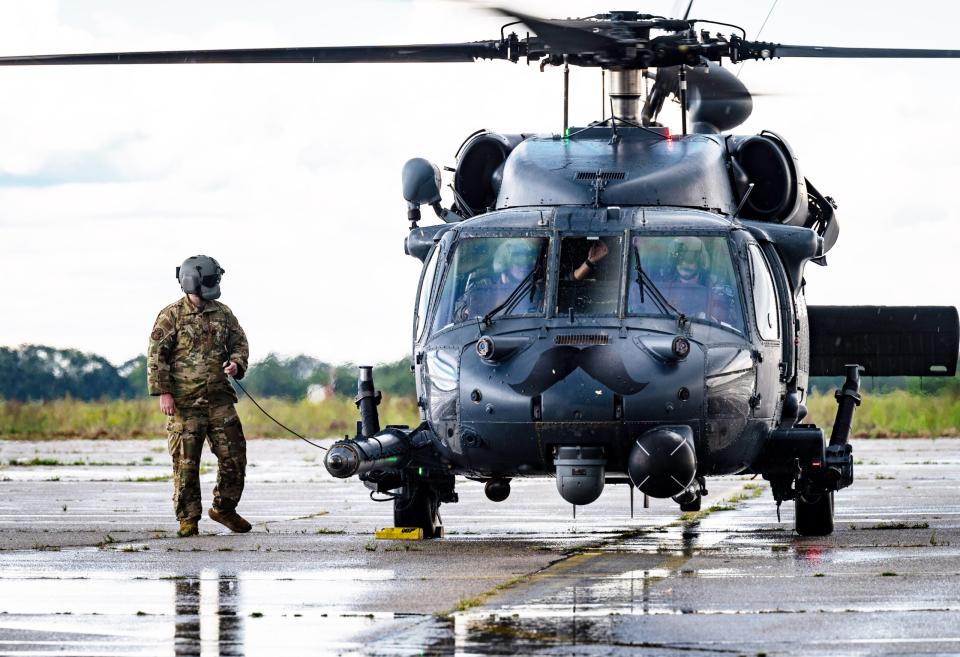
The landmark maneuvers were conducted over Serbia between August 7-11, 2023. They included what the U.S. Air Force says was the first helicopter flight formation in history involving rotorcraft from that service and from its Serbian counterpart — officially, the Serbian Air Force and Air Defense.
More importantly, from a military perspective, was the chance for both air forces to participate in rotary-wing search and rescue operations. These were flown out of Batajnica Air Base, outside Belgrade, and Sgt./Pilot Mihajlo Petrovic Air Base, at Niš, in the south of the country.
Photos published by the U.S. Defense Visual Information Distribution Service (DVIDS) show participation by U.S. Air Force HH-60G Pave Hawk CSAR helicopters, as well as Serbian Airbus H145Ms and Soviet-era Mi-17 Hips.
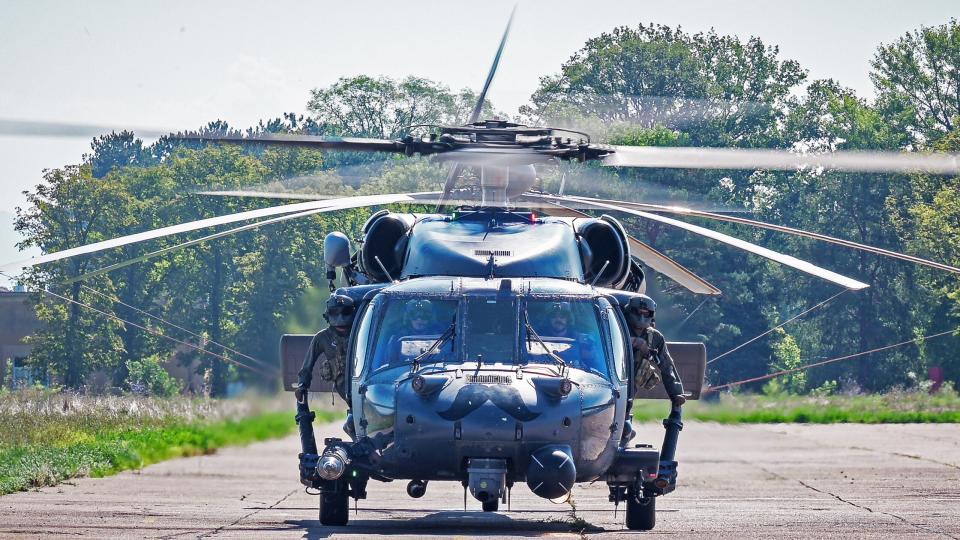
Meanwhile, the significance of the exercise, on a political and diplomatic level, was reflected in a special formation flight, involving an HH-60G and an H145M, flying to Serbia with U.S. Ambassador to Serbia, Christopher R. Hill on board.
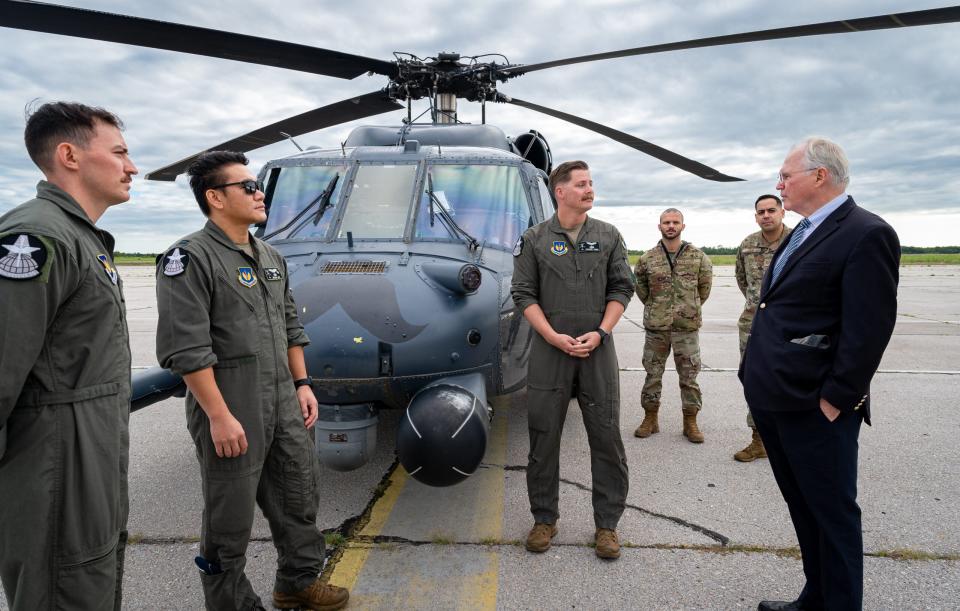
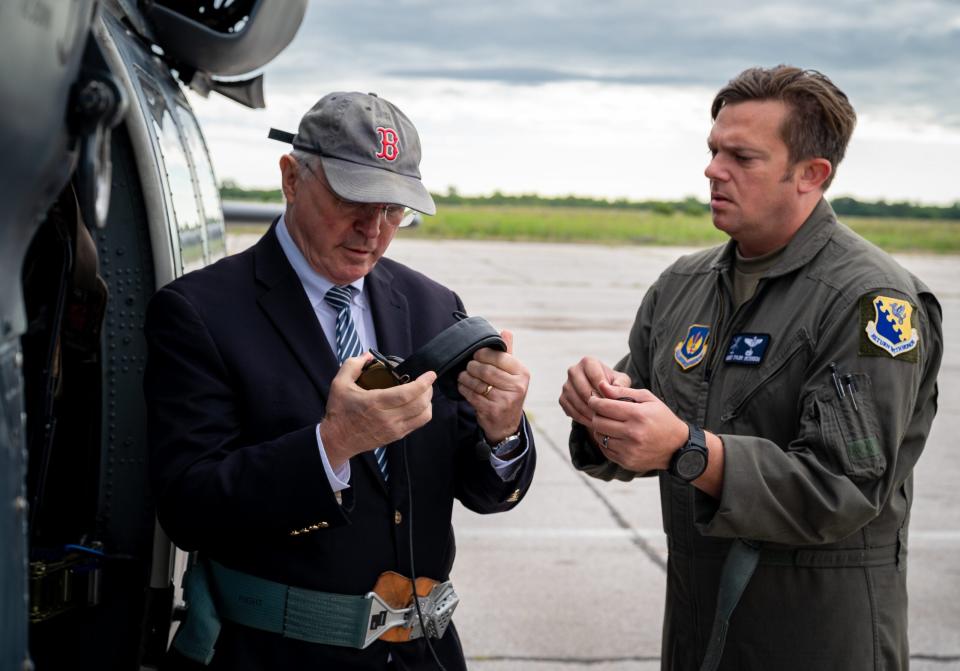
https://twitter.com/usambserbia/status/1671857261411434500?s=20
The HH-60Gs involved in the exercise came from the 56th Rescue Squadron, stationed at Aviano Air Base in Italy. The squadron’s mission is officially described as “long-range rescue, humanitarian assistance, non-combatant evacuation, and disaster relief capabilities for USEUCOM, USAFRICOM, and NATO in peacetime, contingency, and wartime operations.”
“Throughout the training and discussions held this week, we hope the Serbian military can gain some of our search and rescue knowledge acquired from trial and error,” said Staff Sgt. Noah Davila, 56th Rescue Squadron special missions aviator. “And in the future, they can become search and rescue experts as well.”
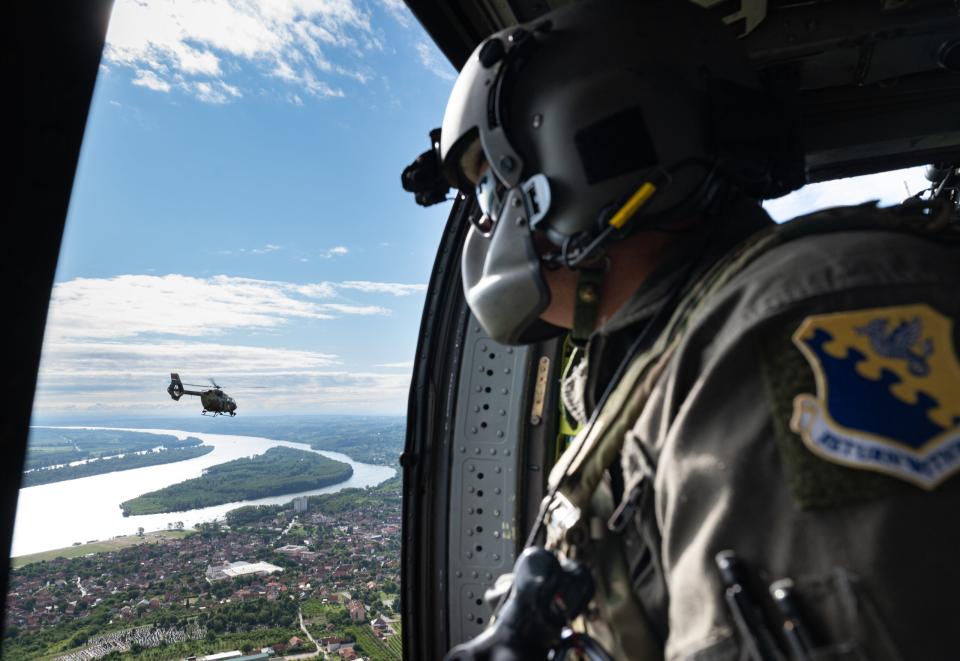
It’s an interesting coincidence that Operation Allied Force, NATO’s campaign against Serbia in 1999, saw some of the most celebrated and influential CSAR missions of recent times.
Most prominent among these was likely the massive CSAR operation launched after the shooting down of an F-117A Nighthawk stealth attack jet by Serbian air defenses. This required CSAR assets to penetrate deep into enemy territory to pluck the F-117 pilot from the enemy’s clutches. The operation was a great success (read about it here), and it went a long way to prove the capabilities of U.S. CSAR operators as well as the continued relevancy of the mission set.
https://www.youtube.com/watch?v=JjbnyNGz4j8
Despite the lessons of Allied Force, the U.S. Air Force has somewhat neglected some higher-end mission set aspects of its CSAR components since then.
Only recently has the Air Force begun to receive the HH-60W Jolly Green II — another Black Hawk derivative — to replace its well-worn HH-60G Pave Hawks. However, questions over the feasibility of these aircraft successfully infiltrating areas in which likely high-end stealth aircraft can only be trusted to venture have contributed to orders for the HH-60W being trimmed back.
https://www.youtube.com/watch?v=rOgbD2Qb3w4
Nevertheless, the HH-60W will continue to play a key role in lower-end threat scenarios, just like the HH-60G before it. Even in more benign scenarios, CSAR missions are notably complex, with a typical package of assets also including A-10C Thunderbolt II attack jets in the ‘Sandy’ role, not to mention other aircraft to provide suppression of enemy air defenses (SEAD), electronic warfare support, command and control, and defensive counter-air capabilities where required.
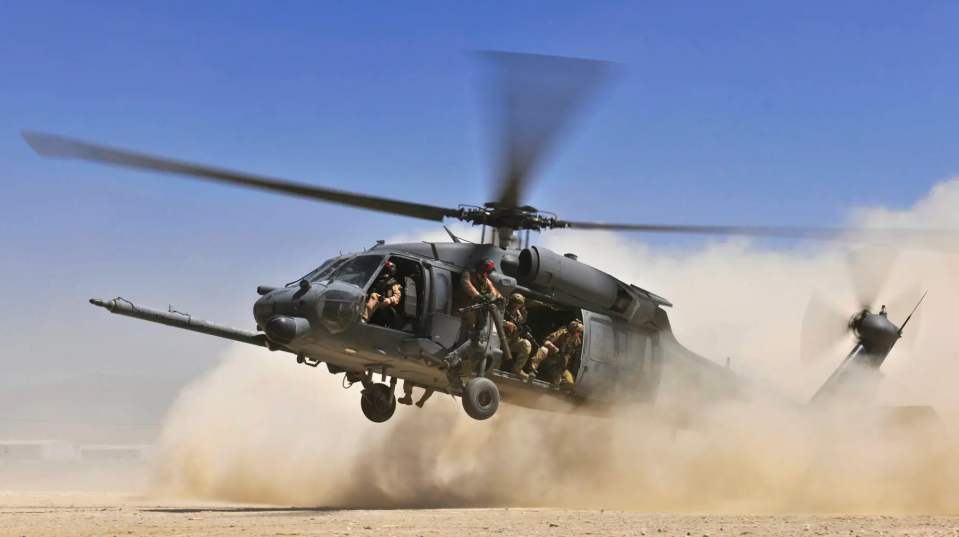
All this means that the ability to launch full-spectrum, high-end CSAR missions is a big challenge if not beyond the reach of all but the best-equipped and well-funded air arms.
For others, like the Serbian Air Force and Air Defense, joint operations with larger air arms, like the U.S. Air Force, can bring new insights into more complex CSAR operations. The learning can flow in the opposite direction too, with USAF personnel learning from a less capable but resourceful ally.
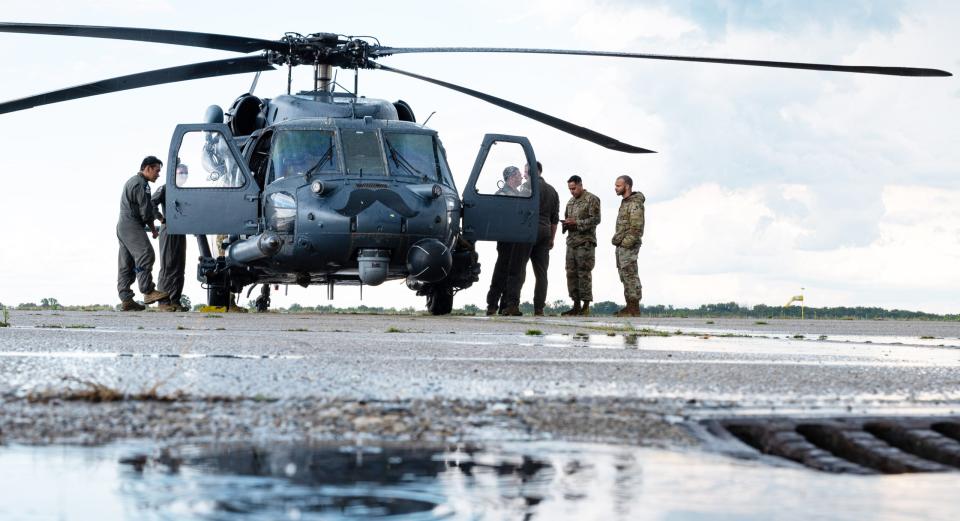
According to the U.S Air Force, “The event allowed U.S. Air Force and Serbian Air and Defense Force personnel to practice mixed aircraft formation, requiring communication and skill from both crews. They were also provided the unique opportunity to review videos of real-world search and rescue operations to understand their capabilities used to assist and lead rescue attempts.”
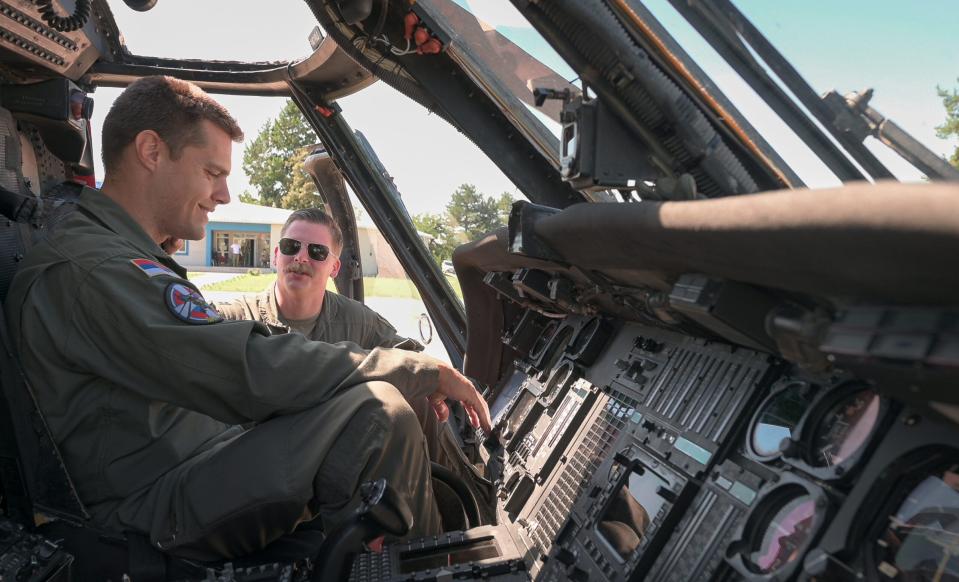
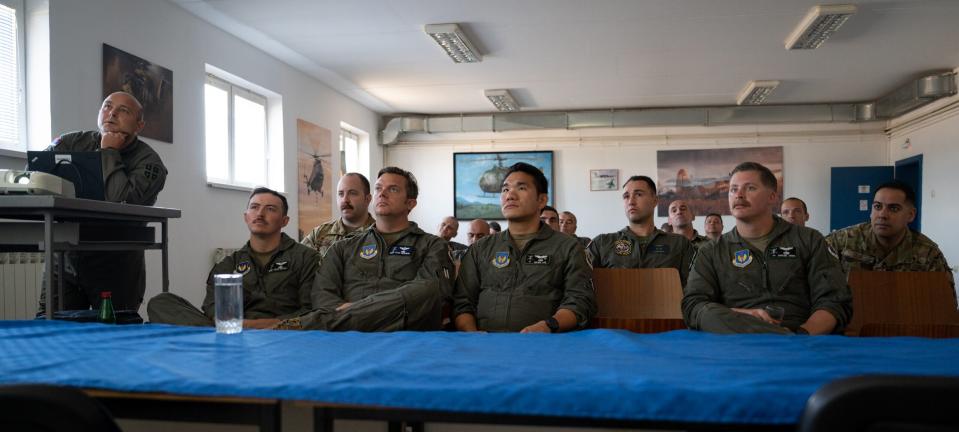
For Serbia, working with the U.S Air Force on joint CSAR training also points to increasing willingness to not only work with NATO and Western armed forces but also to increasingly procure military equipment from the same sources.
Traditionally, Serbia has relied on Russia, both as its closest military partner, but also as its main source of arms, including for its air force.
The introduction of the H145M — which can also be armed with various guns and rockets — is one example of Serbia’s shift to the West.
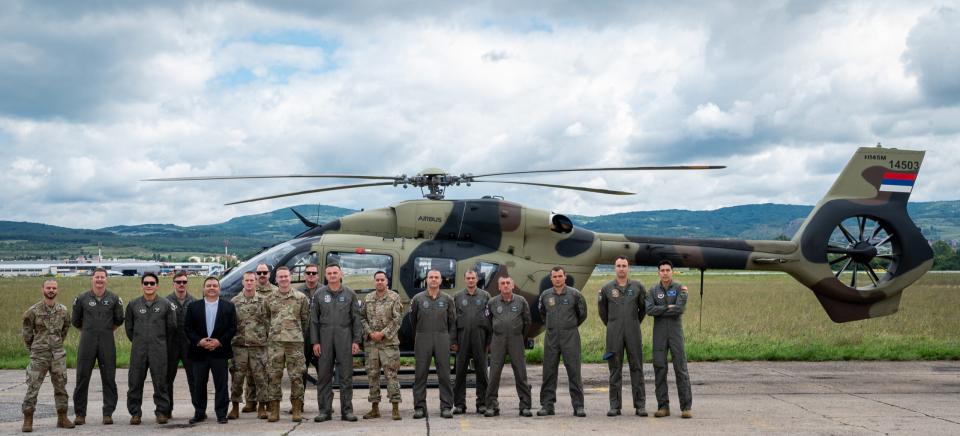
In late 2021, Belgrade began negotiations to acquire a pair of Airbus C295 turboprop transports, which are planned to replace Soviet-era An-26 Curl aircraft now in use. A contract for the new transports was announced in early 2022.
Also in late 2021, the Serbia president, Aleksandar Vučić, announced that Serbia would buy 29 new helicopters, comprising a mixture of 11 H145Ms (adding to the nine previously acquired), four Mil Mi-35 Hind attack helicopters, and three Mi-17 transport helicopters, to bolster existing fleets. Also included were another 11 former Cyprus National Guard Mi-35s.
https://www.youtube.com/watch?v=KQ7Zd858Ufk
This kind of arms procurement, divided between Western and Russian equipment, predates the full-scale Russian invasion of Ukraine but has no doubt been given added impetus by the war in Ukraine and the international fallout.
The Joint Action 2020 maneuvers in Serbia included a mixture of new and Cold War-era equipment, originating from China, Russia, and Western Europe:
https://www.youtube.com/watch?v=TRkPSh5N-2k
More recently, the possibility has emerged that Belgrade may follow neighboring Croatia’s lead and acquire French-made Rafale multirole fighters. If that happens, the Rafales would replace the current Serbian fleet of MiG-29s — originally provided by the Soviet Union and later topped up by secondhand jets from Russia and Belarus. That would signal a very clear break from relying on Soviet- and Russian-made fighter equipment, something that also reflects the current sanctions on Russia, which not only make buying new jets much harder but also make it almost impossible to procure spares for existing aircraft. This is further exacerbated by Russia consuming available spare parts for its high-tempo operations in Ukraine. This has caused a shift globally in aircraft procurement.
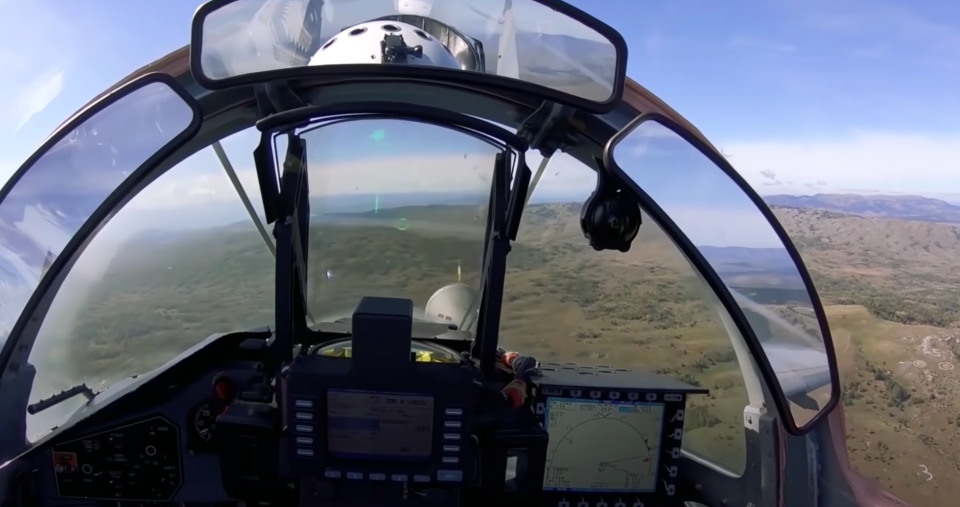
https://www.youtube.com/watch?v=_djntl6nEiE
Surprisingly, Serbia has emerged as a possible export customer for Boeing's T-7A Red Hawk jet trainer, which is seen as an option to supplant its G-4 Super Galeb jet trainers and J-22 Orao ground-attack planes. You can read more about that here.
In the meantime, as reflected in its helicopter plans, the policy seems to be a deliberate move to maintain close relations with Moscow, while also increasingly turning to Western nations for more advanced equipment — as well as operational and tactical know-how.
And with the successful completion of the recent CSAR exercise, there are clear signs that there will be more such maneuvers to come, with greater complexity and a higher degree of cooperation with the U.S. Air Force in particular.
“Moving forward, we hope to conduct more flight formations and scenario-based training,” explained U.S. Air Force Tech. Sgt. Erik Silva, 435th Contingency Response Support Squadron aircraft maintenance air advisor. “The Serbians have been very welcoming, professional, and eager to learn, and I cannot wait to see where this partnership progresses in the upcoming years.”
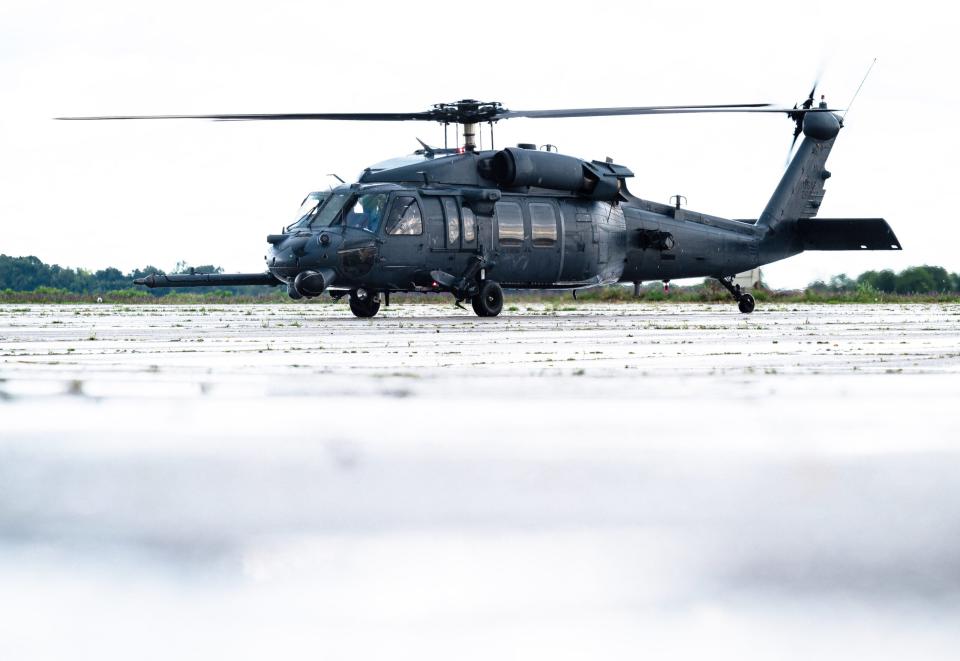
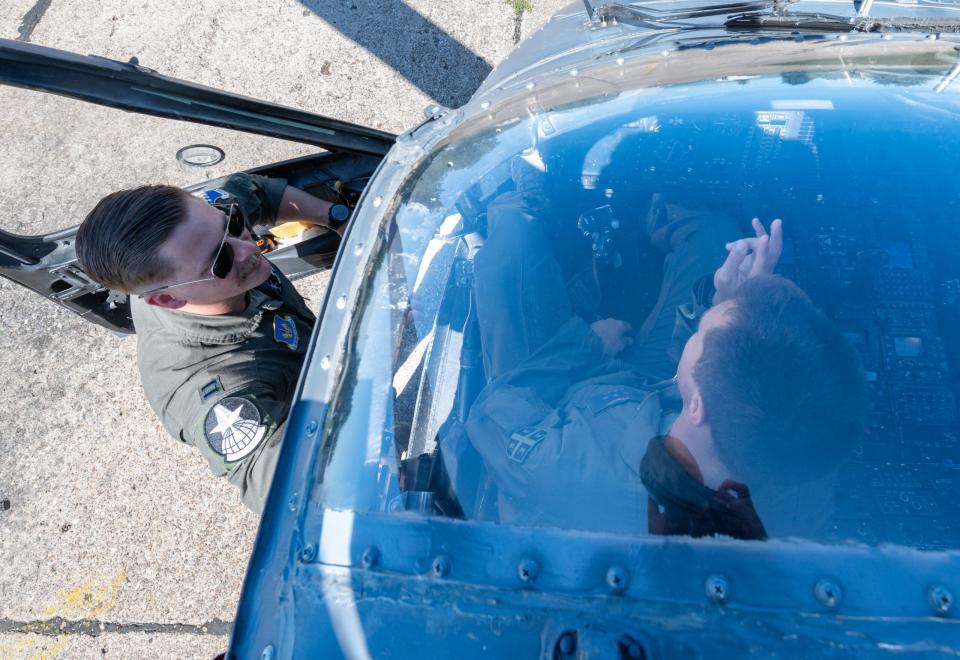
“In the future, we plan to further our cooperation by conducting more joint flights, and expand to rescue demonstrations outside Serbia, where both the SAFAD and the U.S. Air Force can demonstrate how each country is able to perform search and rescue,” Silva added. “In addition, we hope to incorporate medical evacuation scenarios and operate together to conduct these training scenarios.”
With that in mind, the CSAR exercise may well signal the start of closer military relations between the United States and Serbia, something that could have significant repercussions on the international stage.
Contact the author: thomas@thedrive.com

